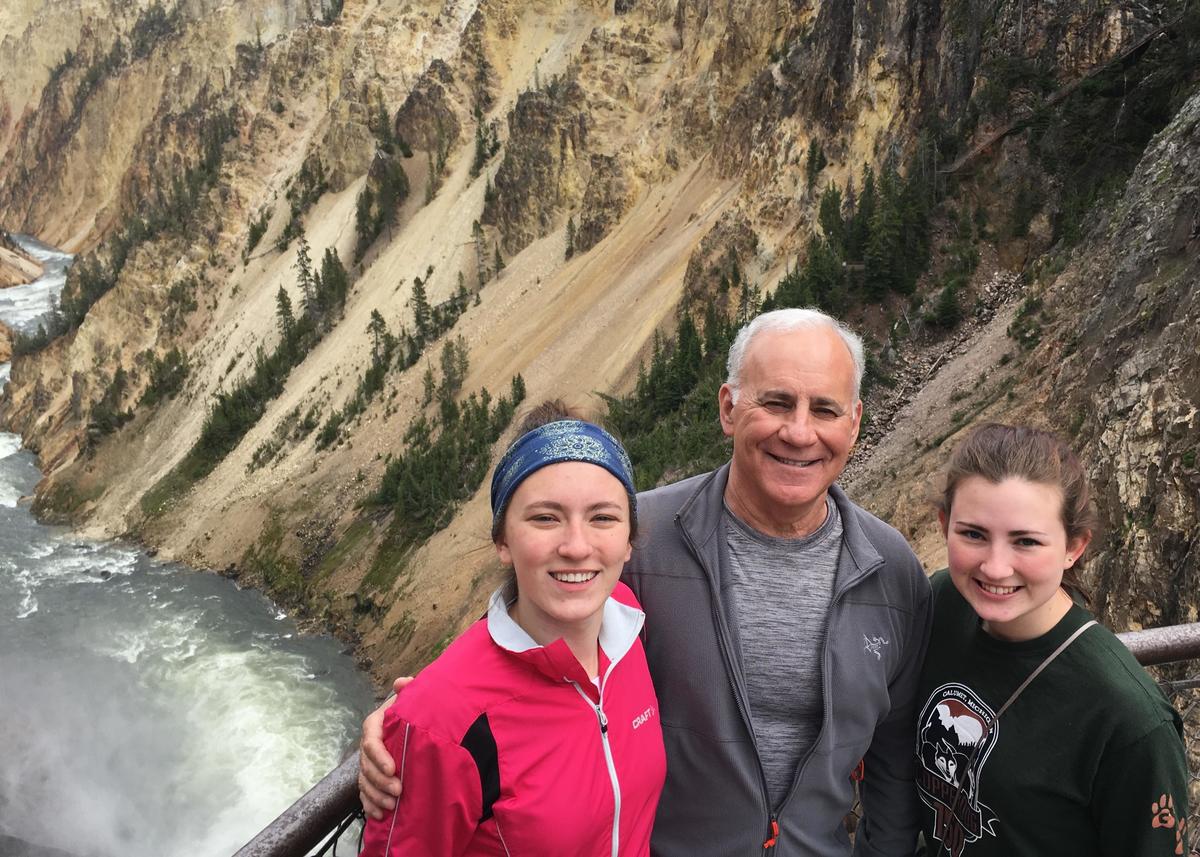Mike began his professional career with Continental Oil Company as a Coal Mining Research Engineer in West Virginia. Mike then served in a variety of roles at Cleveland-Cliffs for their mines located in Michigan, Minnesota, Quebec and Newfoundland, before retiring as Vice President of North American Iron Ore Initiatives in September 2013. In addition to his membership on NRRI's board, Mlinar is a trustee for the Mesabi Trust, which controls mineral rights and collects royalties on the iron ore mined by the Northshore Mine in Babbitt, MN.
NRRI: Prior to your involvement on the NRRI Board what were your interactions with NRRI?
Mlinar: Especially during my tenure as general manager for three Minnesota iron mines, NRRI was a valued collaborator in a number of practical evaluations of new technologies for improving product quality, reducing environmental impacts, and increasing overall iron recovery.
Examples of these evaluations include; assessment of mineral characterizations, trials of a unique fines separation conveyor system, and tests of sulfide reduction techniques.
NRRI: How long have you been on the Board and has anything changed over your tenure?
Mlinar: I first joined the NRRI Board in 2011. During this 10-year period the board has gone through a number of step changes. The most significant was the creation of the current Strategy & Development Advisory Board in 2014. The previous advisory board had over 30 members, and while every person had valuable insights, the ability to meaningfully tap into each of these was difficult. With the restructured 8-member board we have improved in the areas of candor, efficiency, and decisiveness.
NRRI: Has your opinion of NRRI changed over this period?
Mlinar: I’ve gained a much deeper appreciation for the impressive talents and commitment of the NRRI employees. Every person I’ve come into contact with has shown an incredible passion for the work they’re performing in support of the NRRI mission to balance community, environment, and industry. It is widely seen as not only something written for external communications but rather a reflection of the culture they all embrace.
NRRI: What are the major benefits that NRRI can deliver to industry, environment and communities?
Mlinar: Speaking directly to my area of experience, I’ve had the opportunity to be exposed to a number of mining research organizations over my 40-year mining experience. NRRI separates itself as the only one that can provide valuable insights to allow informed decisions to be made from evaluation of the ore in the ground through the final industrial product and even the environmental restoration after mining has been completed. And very importantly it does so in an unbiased, balanced manner.
NRRI: If money was not a limiting factor, what should NRRI do that we’re not doing?
Mlinar: Due to the current financial constraints, in many cases NRRI must prioritize its research to address only the areas of most critical immediate need. As such many very important current and forward-looking endeavors are left behind due to the lack of funding and/or resources. The risk in this approach is that areas that might provide significant future potential to the State of Minnesota are not fully identified and evaluated.
PHOTO: Mike Mlinar out on a hike at Yellowstone National Park with his daughters Tessa and Arianna, June 2019.
